From Android G1 To Android Q, These Are All The Versions Of The Operating System Since 2008
Dhir Acharya - May 09, 2019
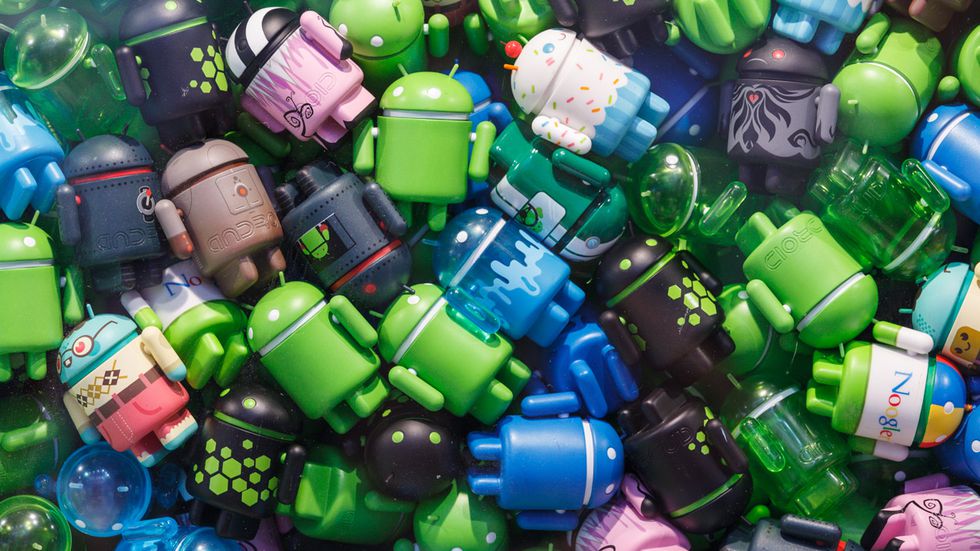
Over that past decade, the Android OS has crossed the 2 billion milestone and powers 10 percent of total smartphone shipped across the world.
- Google Offers Voluntary Buyouts to US Employees Amid AI Push
- Google SynthID: Everything You Need to Know About AI Content Detection
- NotebookLM Mobile App: Enterprise AI Capabilities Now Available on iOS and Android
Google released the very first version of Android to users in 2008. Over that past decade, the operating system has crossed the 2 billion milestone and powers 10 percent of total smartphone shipped across the world. This year, at Google I/O, the tech giant introduced Android Q without any sign of slowing down.
Now let’s take a look at the journey of Android over the last 10 years.
1.0 G1 (2008)
HTC Dream, also known as T-Mobile G1, was the first device powered by Android 1.0 with 35 apps in the Android Market at launch. The phone supported Google Maps with its Wi-Fi and GPS, and it featured a built-in Android browser.

1.5 Cupcake (2009)
This was the first major update Google made on Android with an additional keyboard on the screen, widgets on the home display, video recording, as well as a copy-and-paste function to the web browser.
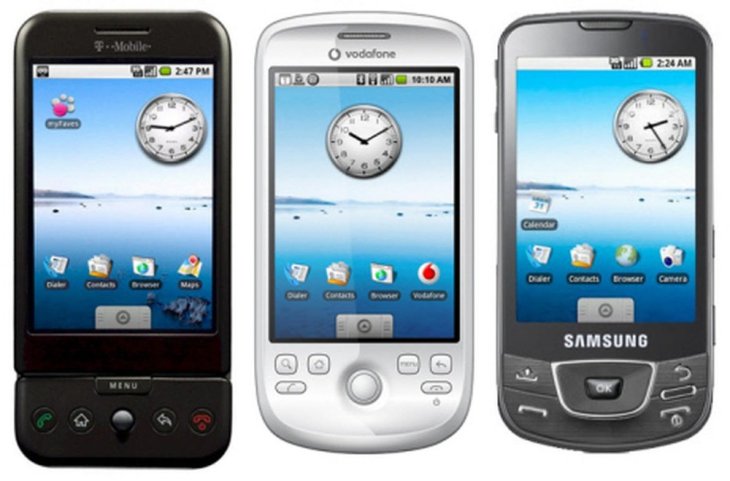
1.6 Donut (2009)
With Android Donut, users could search for everything on their phones. The version also brought the Android Market and information on battery.

2.0 Eclair (2009)
In this version, support for Exchange was added. In addition, Eclair provided support for multiple Google accounts, allowing you to search within SMS and text messages. There was also multitouch support and the camera was enhanced with digital zoom and flash.
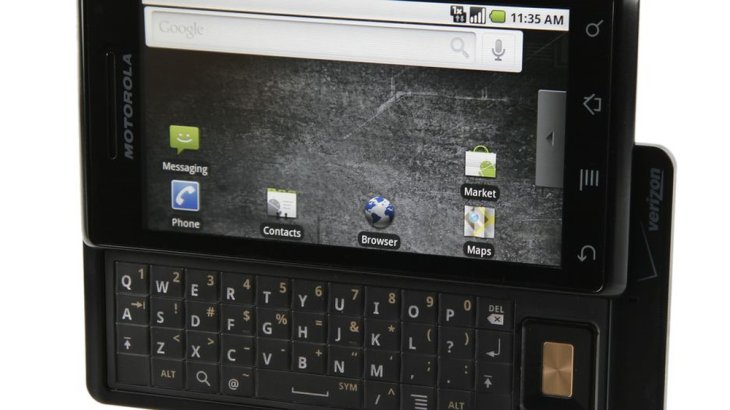
2.2 Froyo (2010)
This OS introduced Flash Player 10.1 which let phones stream audio and play video. Froyo enabled flash on video, boosted Bluetooth compatibility, and gave the phone the ability to turn into a Wi-Fi hotspot.
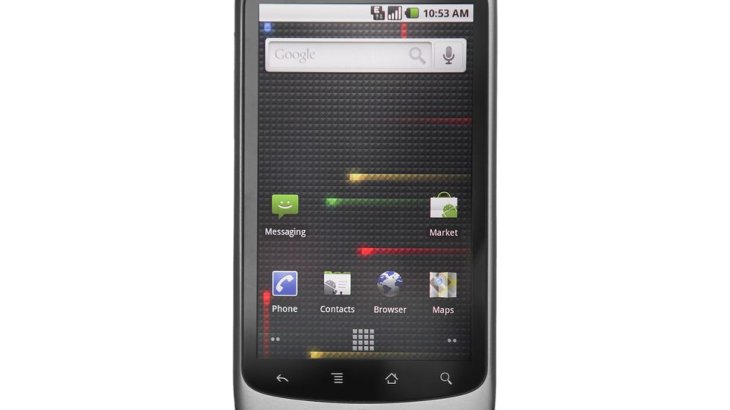
2.3 Gingerbread (2011)
This is when the world knew about NFC (near-field communication), which means phones can connect with other mobile phones nearby. Furthermore, the operating system enabled video calling with the help of the front-facing camera, and feature a download manager.
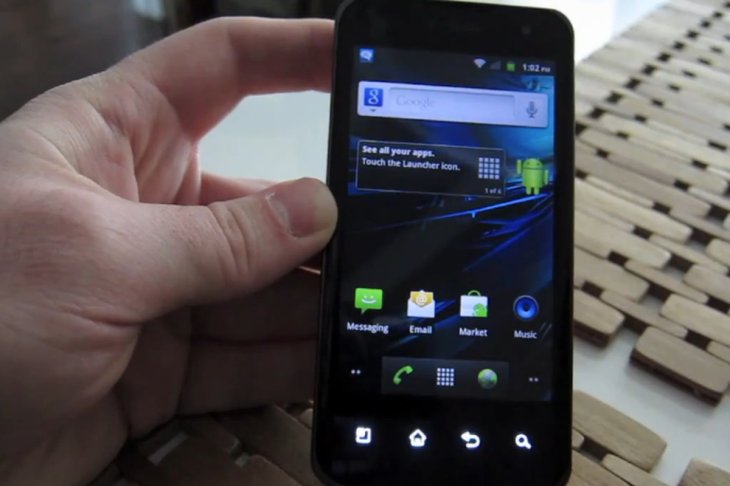
3.0 Honeycomb (2011)
This was the first update that Google made to tablets only, including full-screen mode in the photo gallery, Bluetooth tethering, video chatting with Google Talk, side-by-side browser tabs, and support for 3D graphics.
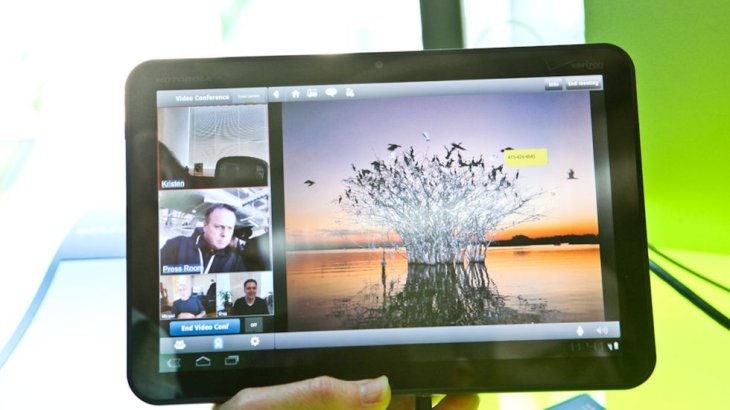
4.0 Ice Cream Sandwich (2011)
ICS was a merger between tablet and phone OS, with the addition of face recognition to unlock phones, live effects for video, and canned text responses for declined calls.
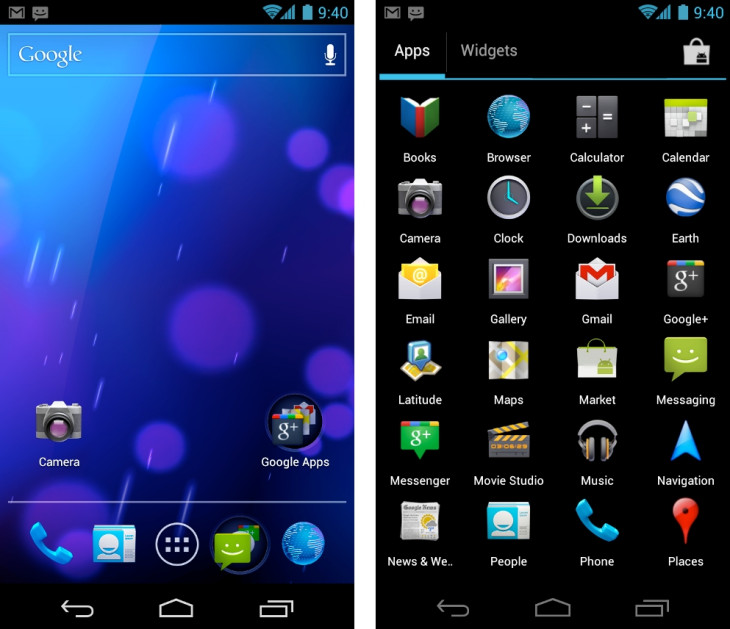
4.1 Jelly Bean (2012)
Project Butter made this version run faster and more smoothly. Using android 4.1, users had more interaction with expandable notifications. Additionally, Chrome was the default browser, widgets were resizable, and Google Now was built-in.
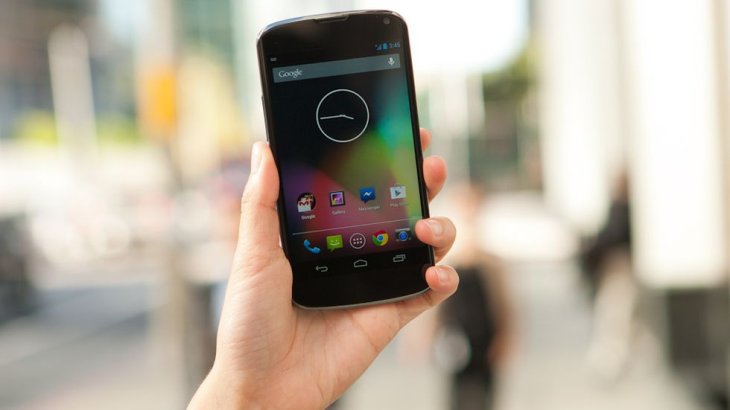
4.4 Kitkat (2013)
This was the result of a partnership between Google and a food company. The OS gave the Google Keyboard additional emojis, reduced the memory footprint to fit lower-end devices, and enabled printing with Google Cloud Print.

5.0 Lollipop (2014)
This time, Google changed to a flat interface called Material Design. Notifications either popped up or appeared as banners across the lock screen. Also, there were multiuser support, priority mode, screen pinning as well as recent apps renamed Overview.
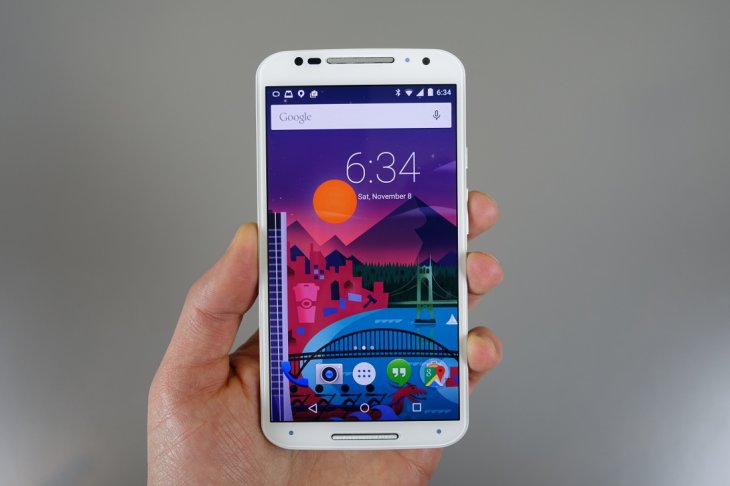
6.0 Marshmallow (2015)
Doze Mode came in this version to help save battery. The OS also included USB Type-C, the 4K mode for apps, and built-in support for a fingerprint scanner.
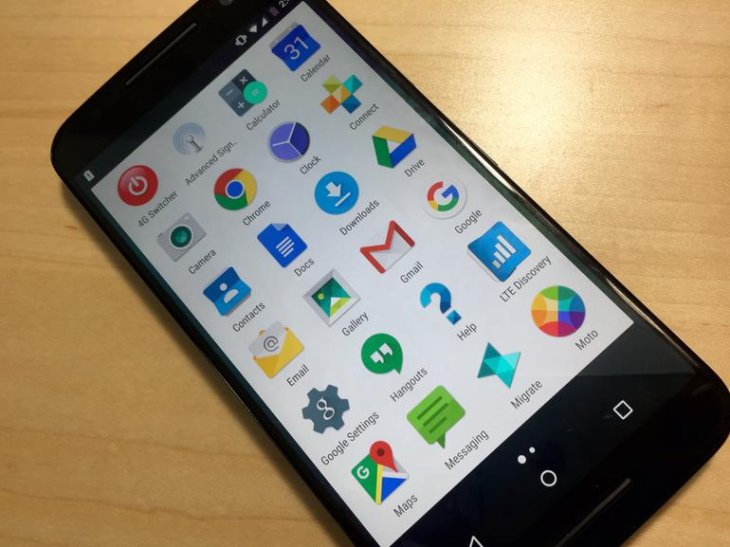
7.0 Nougat (2016)
Google developed the technology to let users clear all the apps in Overview in a single tap. They could also change the emojis’ skin tone and there was support for Google’s Daydream.
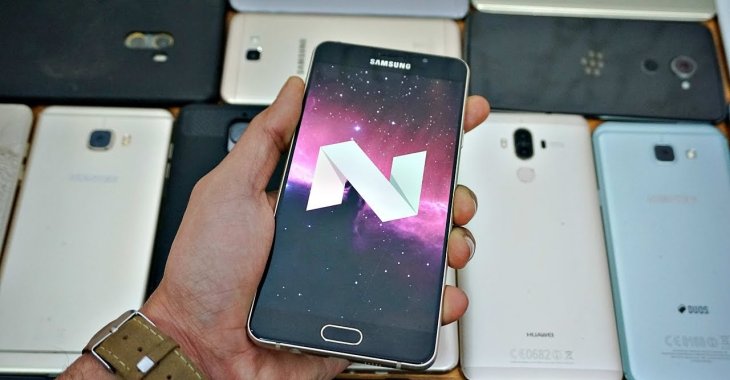
8.0 Oreo (2017)
Android 8.0 added picture-in-picture feature for more multitasking in apps. The copy-and-paste experience was improved along with better security and battery management.
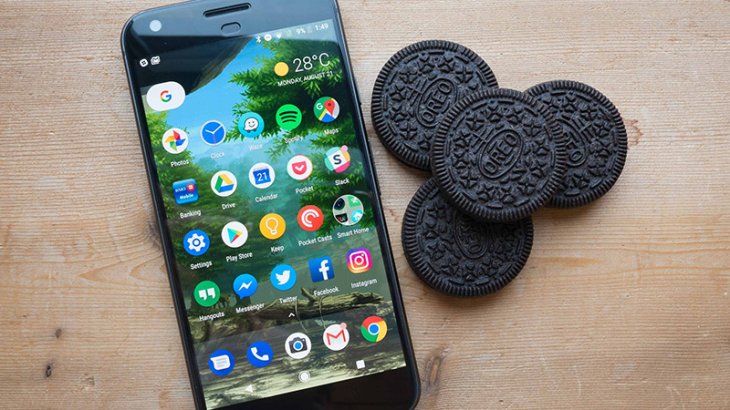
9.0 Pie (2018)
With this one, Google focused on making the OS run faster and save battery. The 9.0 Pie also had AI tools recommending shortcuts and apps for users; moreover, users could load slices of an online page for accurate info without having to download an app search via a webpage.
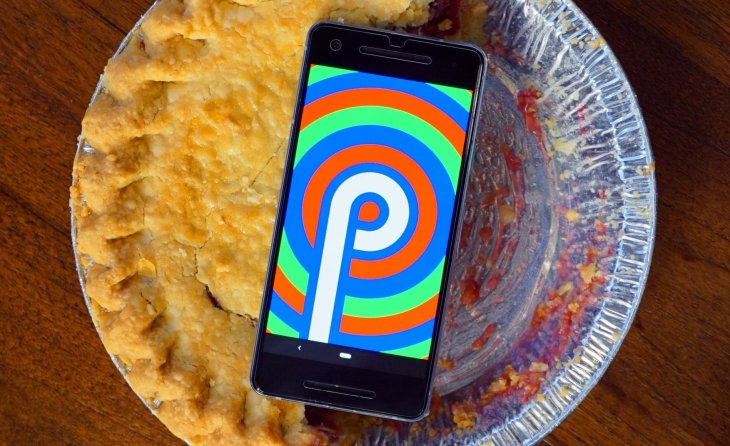
10.0 Q (2019)
Google hasn’t named this version nor fully rolled it out yet. But Android Q will come with our favorite Dark Theme, live captions for video, and Bubbles – the new style of pop-up notifications.
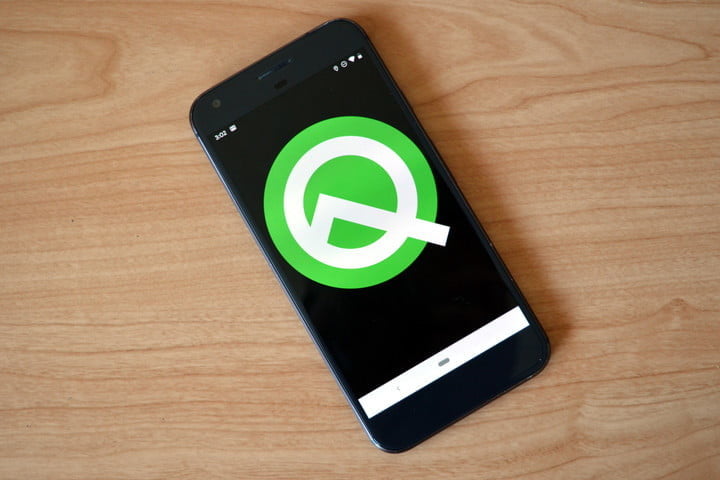
Featured Stories

Mobile - Oct 23, 2025
How Casual Games Are Winning the Mobile Attention War

Mobile - Jul 03, 2025
OPPO Reno 14 Series Hits India: Launch Date, Cameras, and Specs

Mobile - Jun 12, 2025
Best Gaming Phones 2025: Top Devices for Mobile Gaming

Mobile - Jun 12, 2025
Vivo T4 Ultra Debuts with MediaTek Dimensity 9300+ Chipset

Mobile - Jun 08, 2025
Realme GT 7T Review: Power Meets Endurance in Controversial Style

Mobile - Jun 08, 2025
Motorola Edge 60 Set to Debut in India This June

Mobile - Jun 07, 2025
Realme C73 5G Launches in India: Budget 5G Phone Starts at ₹10,499

Gadgets - Jun 07, 2025
OnePlus 13s Makes Indian Debut: Compact Flagship Brings Premium Features at...

Mobile - Jun 04, 2025
Samsung Galaxy Z Fold 7 Ultra: The Next Chapter of Premium Foldables

Mobile - Jun 02, 2025
Comments
Sort by Newest | Popular